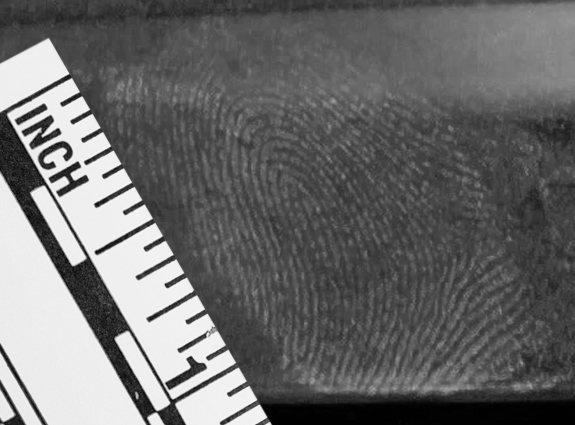Posted by BB on 25th May 2022
DNA Free Latent Print Processing
Sources for DNA deposits at a crime scene can include any item that has come into contact with an individual or their bodily fluids (saliva, sweat, semen, etc.) (Blozis, 2010). Latent fingerprints often contain enough skin or sweat to provide a full DNA profile of the donor. Therefore, great attention must be given to the fingerprint brushes and powder used to lift these latent prints from a scene in order to avoid DNA contamination and cross-contamination. Nonetheless, it is common practice to use the same brush to powder different objects at different scenes (van Oorschot, Treadwell, Beaurepaire, Holding & Mitchell, 2005). Squirrel-hair brushes are frequently used in the United States to process latent fingerprints with black powder. A 2005 study conducted by Van Oorschot et al. tested the potential for DNA transfer with used brushes and powder. Some of the brushes used were used in casework, but others were purposely contaminated 8 with handprints, saliva, blood, or a mixture of the three. After analysis, both full and partial DNA profiles were recovered from used brushes and used powders, and transfer was occasionally seen between brushed surfaces (van Oorschot et al., 2005). Transfer was also noted between several subsequently brushed sheets of plastic following contact with dried saliva stains as well. Van Oorschot et al. (2005) advise all powder should be removed from the sample before amplification is performed, as powder presence seems to inhibit the PCR process. Overall, fingerprint brushes were shown to accumulate DNA and redeposit it to subsequently brushed items; this problem will worsen as DNA typing methods become more sensitive. Van Oorschot et al. (2005) provided recommendations to prevent contamination through fingerprint brushes or powder:
- Use alternative techniques to develop fingerprints without making contact with the print.
- Use separate, disposable brushes for powdering each object to avoid transfer.
- Prepare and use separate aliquots of powder so the same container is not being used for long periods of time.
- Avoid all contact with biological samples when possible.
- Develop more extensive sterilization methods for fingerprint brushes.
- Avoid applying powder to areas that you believe may be swabbed later for DNA collection.
- Pay attention to the type and condition of surface being brushed.
Ref: Themis: Research Journal of Justice Studies and Forensic Science, Vol. 3 [2015], Art. 12 https://scholarworks.sjsu.edu/themis/vol3/iss1/12... DOI: 10.31979/THEMIS.2015.0312 THEMIS 230
We've made that prevention recommendations easier to achieve with our Specialist DNA Free line of latent print processing products:
The Specialist line of DNA free powders feature a disposable 6" x
5" pouch containing 1/3 oz of DNA-Free fingerprint powder. This
pouch was designed so that you could load your brush without
making a mess or touching the powder. Each pouch is hermetically
sealed and made DNA-Free by GAMMA radiation. Use
in lifting latent fingerprints from crime scenes to help in the
preservation of the integrity of the investigation and aid in the
efficient pursuit of justice. All items are packaged to prevent
contamination before use, and are meant to be used only once.
These DNA free items provide the investigator with the tools to
eliminate DNA cross contamination, but still process the scene
with the tools that they require.
Our fiberglass Specialist DNA free fiber latent print brush is
designed for crime scene investigators concerned with DNA
cross contamination. Use this brush in lifting latent fingerprints
from crime scenes to help preserve the integrity of
the investigation and aid in the efficient pursuit of justice.
All items are packaged to prevent contamination before use,
and are meant to be used only once. These DNA free items
provide the investigator with the tools to eliminate DNA
cross contamination, but still process the scene with the
tools that they require.
BENEFITS
- Advances collection methods for processing of touch DNA
- Prevention of cross contamination
- Properly sterilized to be free of DNA
- Each batch is lot controlled
4 Steps for DNA Free Latent Print Processing
Carefully unwrap the DNA free brush leaving fibers covered until ready to apply powder.
Tear DNA Powder pack at tear notch and load brush.
Apply the powder to the surface in a gentle sweeping/twirling motion.







